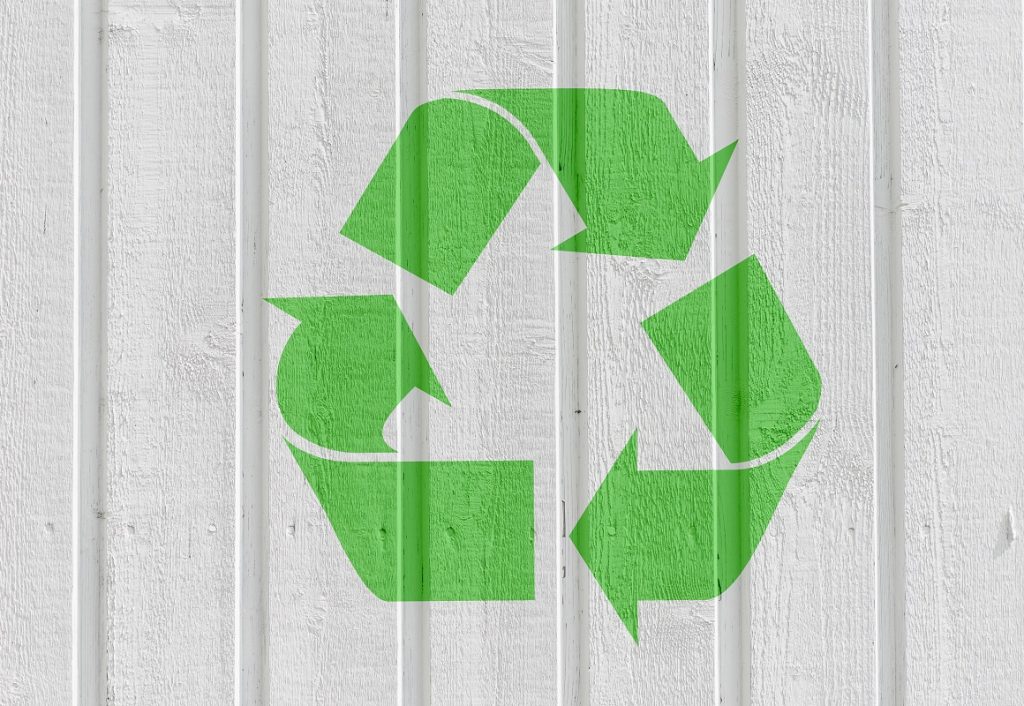- Embrace the three Rs (reduce, reuse, recycle) to cut down waste and conserve resources in your home.
- Conserve water by installing low-flow fixtures, repairing leaks promptly, and using collected rainwater.
- Favor energy-efficient and solar-powered appliances to reduce energy consumption and lower your utility bills.
- Composting and gardening provide a method to dispose of food scraps and yard waste while creating nutrient-rich fertilizer for your garden.
- Look for eco-friendly cleaning products when maintaining a healthy home environment and preventing the pollution of waterways.
As a homeowner, you play a critical role in preserving the environment for future generations. Every action you take in your home reflects your lifestyle, and you can make it eco-friendly.
By embracing sustainable living practices, you can cut bills, conserve resources, and minimize your environmental footprint. This blog post highlights some strategies for boosting eco-friendliness in your home.

Reduce, Reuse, and Recycle
The three Rs are essential sustainable living practices that every homeowner should focus on. Reduce the number of items you consume by buying products with minimal packaging and choosing reusable items. Reuse your bags and containers, turn your old clothes into rags, and donate your unwanted furniture to charity. Recycle as many items as possible, including paper, glass, metal, and plastic. Practicing the three Rs will minimize your home’s waste, reduce your carbon footprint, and conserve resources.
Plan Your Purchases
An essential aspect of reducing and reusing is planning your purchases. Before buying something, consider whether you truly need it or already have something that can serve the same purpose. Try to avoid impulse purchases that may result in unnecessary waste.
For items you use frequently, consider buying in bulk to reduce packaging. However, ensure to store these items appropriately to avoid spoilage. Also, opt for products that are made from recycled materials whenever possible.
Water Saving
Conserving water is an integral part of sustainable living in your home. The average household in the US uses over 300 gallons of water daily, which is a considerable amount, considering freshwater is becoming scarce. Install low-flow fixtures in your bathroom, kitchen, and laundry room to reduce water consumption. To ensure the proper installation of the fixtures, you should work with a reputable contractor, such as Barlow Construction. The contractor can also help you identify and fix any leaks in your plumbing system, significantly reducing your water bill.
Repair Leaks
Repair leaky taps and pipes in your home promptly. Opt for drought-tolerant plants in your garden and landscape that require less water. You can also collect rainwater for watering your plants, cleaning, or flushing toilets. Additionally, be mindful of your water usage habits, such as turning off the tap when brushing your teeth or only running the dishwasher and washing machine with a full load.
Energy-Efficient Appliances
Replace your old and energy-hogging appliances with energy-efficient ones. Purchase appliances with an Energy Star rating, indicating they meet strict power efficiency guidelines. Consider opting for a smart thermostat that automatically adjusts your indoor temperature, saving energy and money on your heating and cooling bills. Switch your traditional incandescent bulbs with LED bulbs to reduce energy consumption and CO2 emissions.
Opt for Solar Power
Solar-powered appliances are also an excellent choice for energy-conscious homeowners. Solar water heaters or solar ovens can significantly reduce your electricity consumption. Although these appliances might have a higher upfront cost, they will save you money in the long run due to lower energy bills. Plus, you’ll utilize a renewable energy source, thus minimizing your carbon footprint.
Composting and Gardening
Composting your food scraps and yard waste is an excellent way of minimizing waste and creating a nutrient-rich fertilizer for your garden. Consider starting a small garden in your backyard where you can plant herbs, fruits, and vegetables. Gardening is a fun and rewarding activity enabling you to enjoy organic produce and improve your mental and physical health. Growing your plants reduces your carbon footprint by consuming local food.
Choose the Right Compost Bin
Select a compost bin that suits your needs and the space available in your backyard. Many compost bins are available on the market, from simple compost piles to rotating compost tumblers. You can even make a DIY compost bin using a trash bin. Make sure to turn the compost regularly to help speed up the composting process and prevent foul odors.

Start Your Garden
Once you have your compost ready, you can use it to enrich the soil in your garden. If you don’t have a garden yet, starting one can be a rewarding experience. Start small by planting herbs you frequently use in your kitchen, such as basil, parsley, and rosemary. As you gain confidence, you can start planting fruits and vegetables.
Eco-Friendly Cleaning Products
Finally, you can maintain a clean and healthy home and protect the environment from harsh chemicals by using eco-friendly cleaning products. Most cleaning products contain harmful ingredients that pollute indoor air and waterways.
Natural Ingredients
Consider making your cleaning products using natural ingredients such as vinegar, baking soda, and lemon juice. If you must purchase cleaning supplies, choose natural and biodegradable alternatives that are safe for your family and the environment.
Sustainable living is not a one-size-fits-all approach but a conscious effort to adopt a lifestyle that reduces your environmental impact. By embracing sustainable living strategies and practices, you can create a healthier home for your family, lower your bills, and promote a cleaner and greener planet. Start with these tips and continue to explore new ways to live sustainably.

